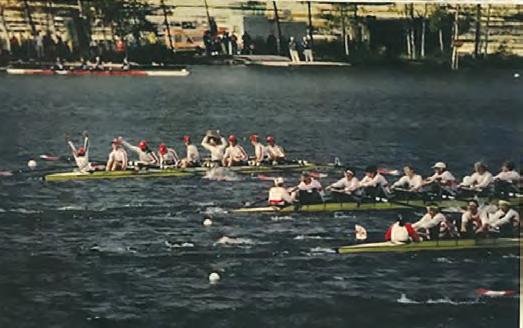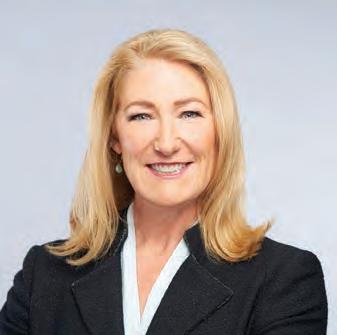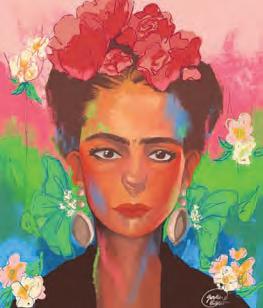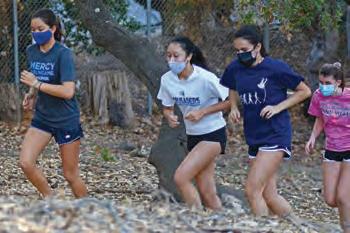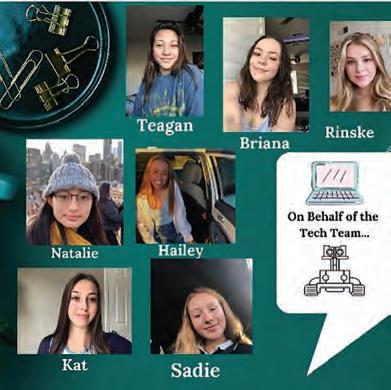
2 minute read
Diversity Equity & Inclusion 6 Understanding Voting Rights
from The Oaks
Understanding & Quantifying
BIODIVERSITY
Science Teacher Lindsay Stewart and her fresman biology classes recently connected the science classroom to communities around the country through real-life experiences with experts in biodiversity.
Biology students were tasked with researching a park, campground or an open-space that had a biodiversity initiative. Students could also interview a specialist in the area. Together with their research and interviews, the students compiled their findings into a video. As part of their project, Leiani Mariniano, Jazmine Moran and Valeria Orozco-Briones interviewed Sarah Jane Pepper from the Division of Interpretation & Resource Education at Joshua Tree National Park.
Honors Biology students took this project a step further and connected it to environmental racism—a form of discrimination where people of low-income or minority communities are forced to live in close distance to degraded or hazardous environments, such as urban decay or toxic waste. Students researched a city in the United States that was implementing a biodiversity initiative that considered environmental racism in their planning. Eva Patel, Charlotte Tanner, and Lillian Shapona interviewed Wade H. Jeffrey, Ph.D., Distinguished University Professor at the Center for Environmental Diagnostics & Bioremediation.

Students learned that species depend on one another and on the environment for survival, and that the interaction and relationships of organisms with one another and their physical surroundings are vital to the diversity of living things. Along with learning the importance of biodiversity, students also developed real-life skills of researching and interviewing specialists. They were able to glance into the research of many scientists and delve into the intricacies of biodiversity in their area.
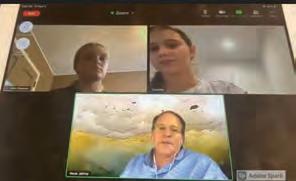
In thinking about how to teach and engage my students during Distance Learning, how to implement best practices for 21st century skills, and how science should be taught, I wanted to take advantage of the fact that my students were at home. Science projects become way more meaningful when students have choice and “ agency while learning the content. Within both projects, student groups were tasked with finding their own location to research. College preparatory bio students chose California campgrounds, parks, and open spaces that they have visited in the past, and honors students chose cities they had a connection with. Building in choice gives students more agency in their projects, and it is way more interesting to grade on the teacher end! When looking at 21st century skills and understanding that I teach at a school that empowers women, I wanted them to practice some real-life skills of contacting experts in the field and interviewing them to further guide their learning. All students were asked to interview an expert. Being at home, students could mute themselves in class and call as many different experts as they wanted! Distance Learning really made this part of the project more accessible. The students were also allowed choice within the interview guidelines. Some students preferred Zoom interviews, while others talked on the phone. All in all, the students did a wonderful job delving into science content while practicing skills that they will need in college AND as adults. —Lindsay Stewart, Science Teacher “


